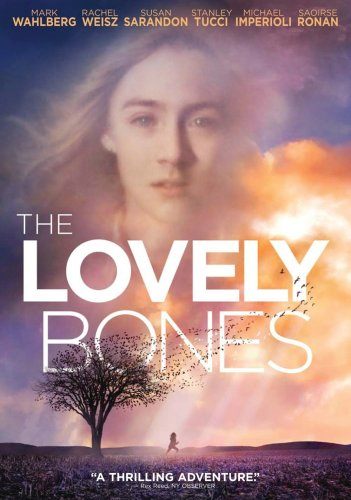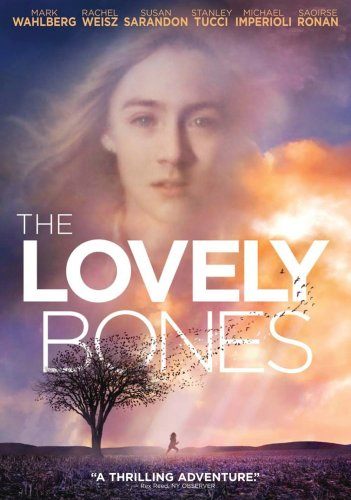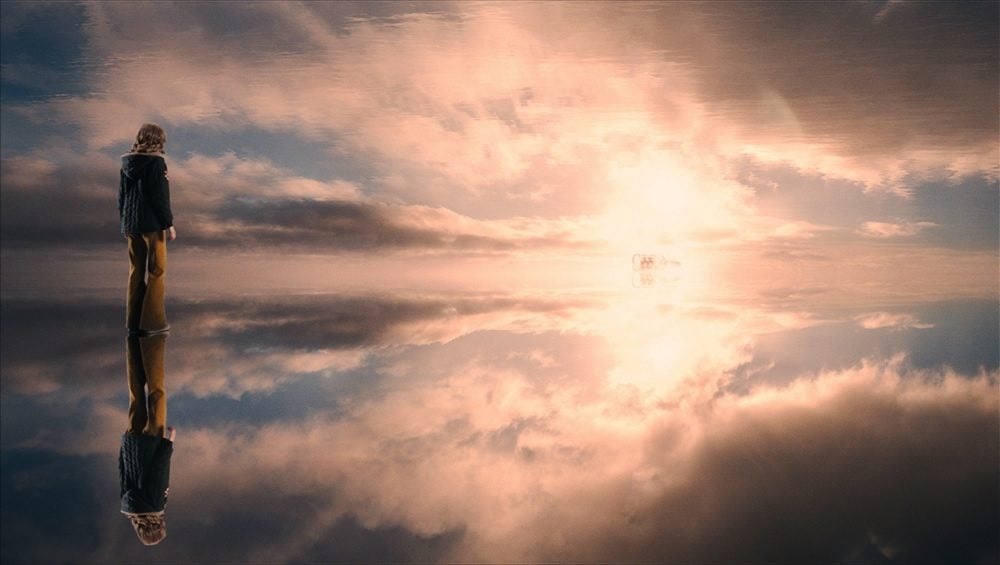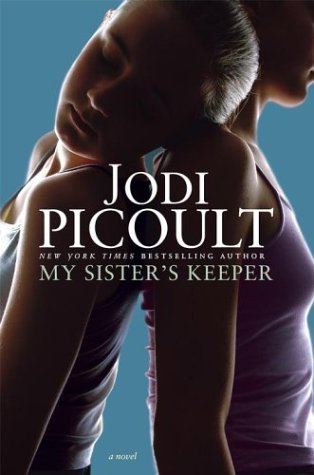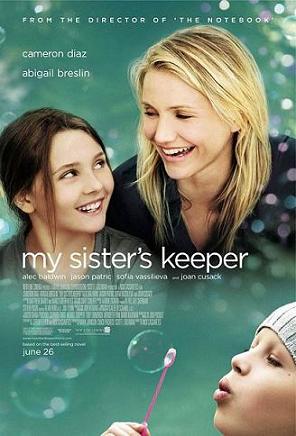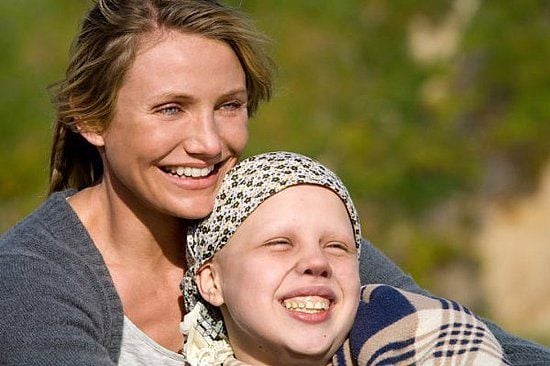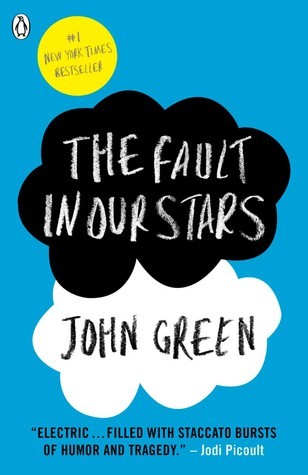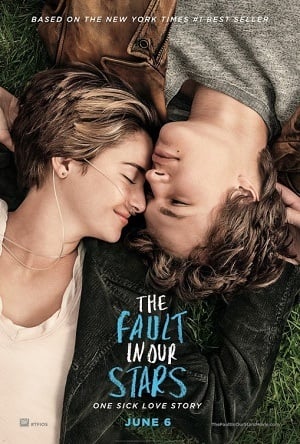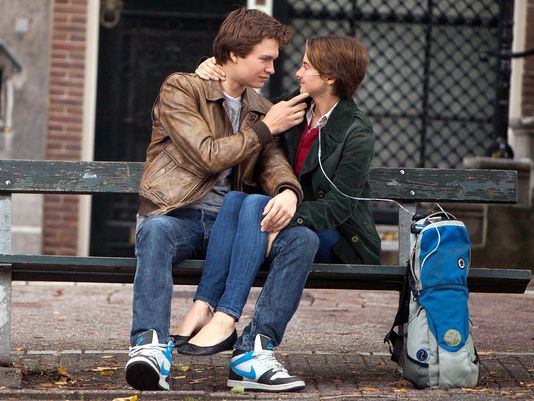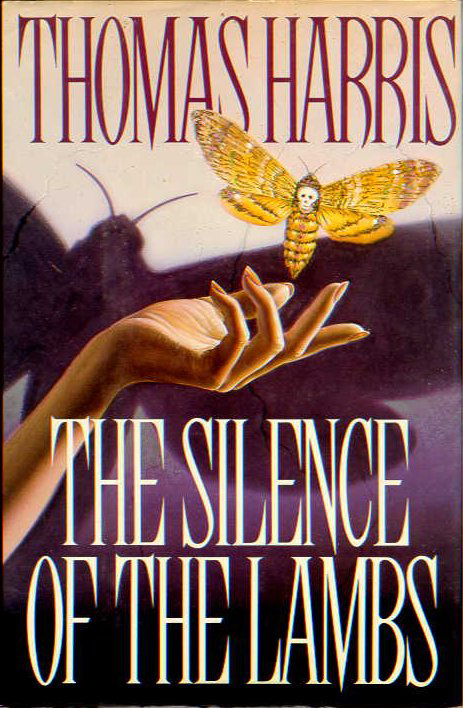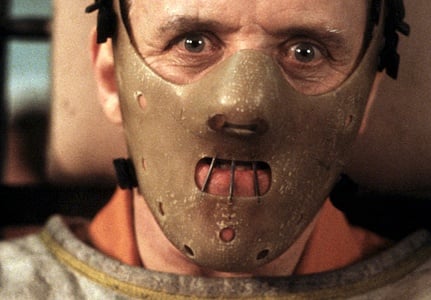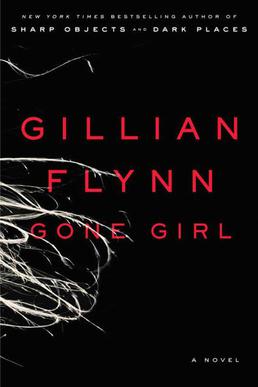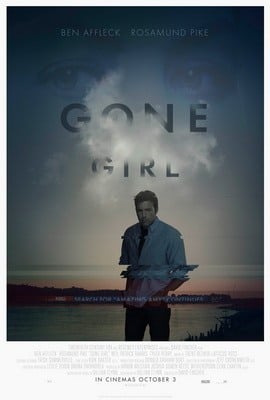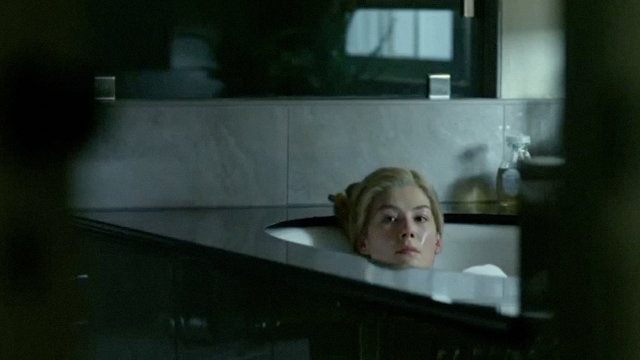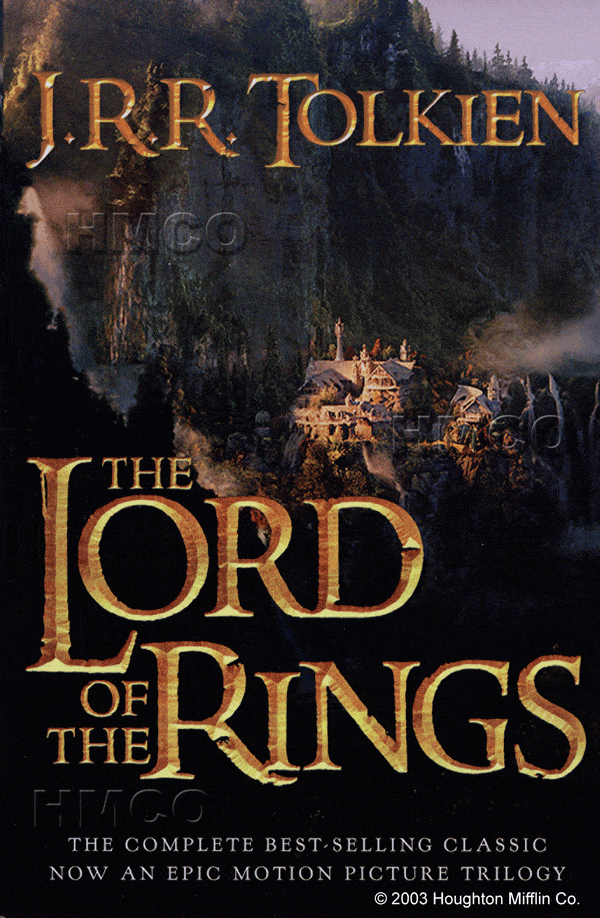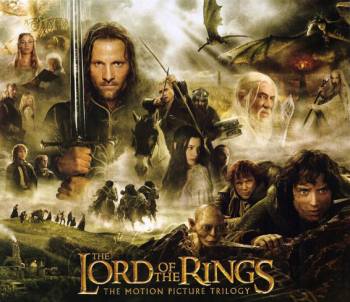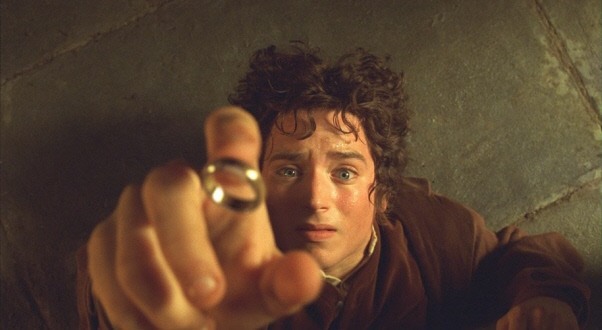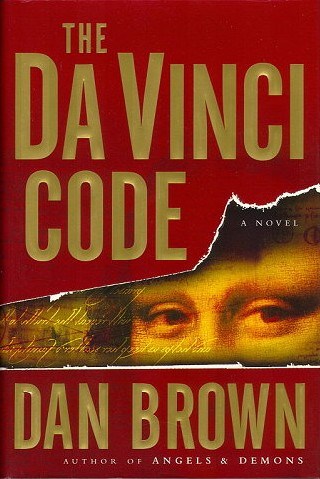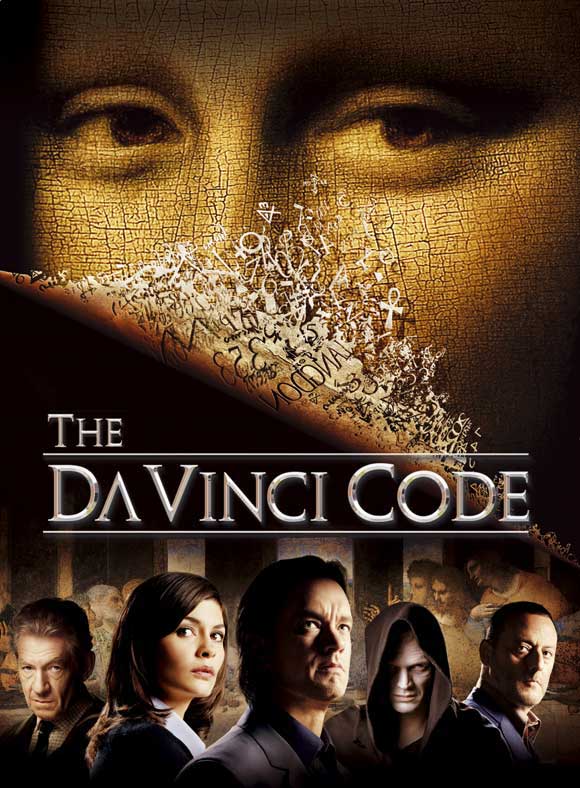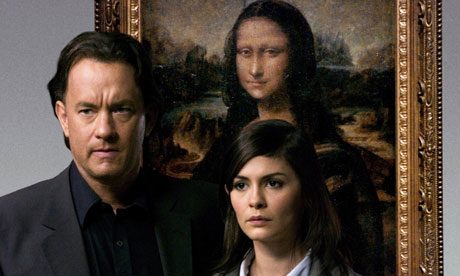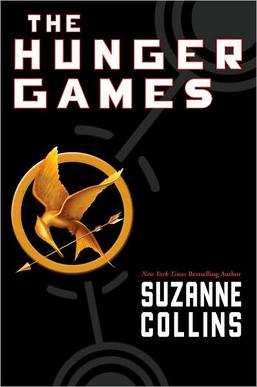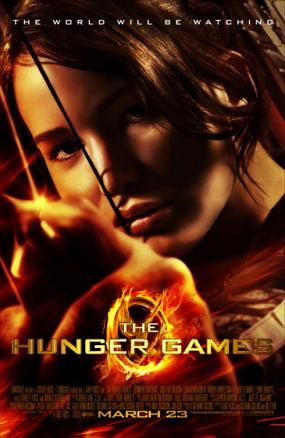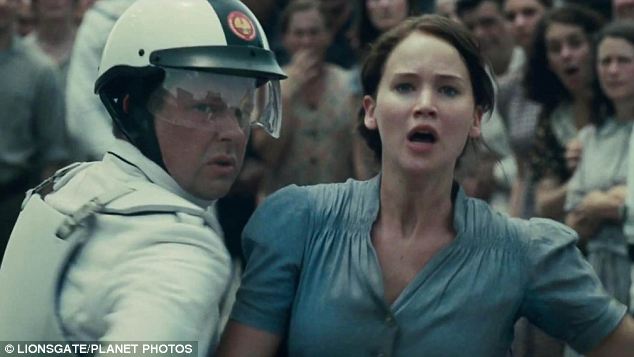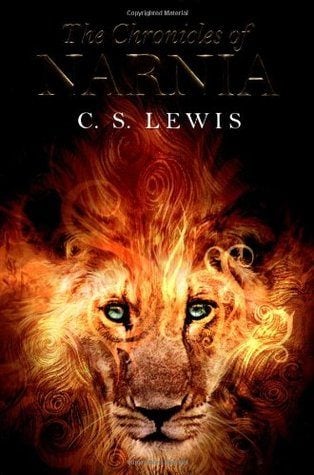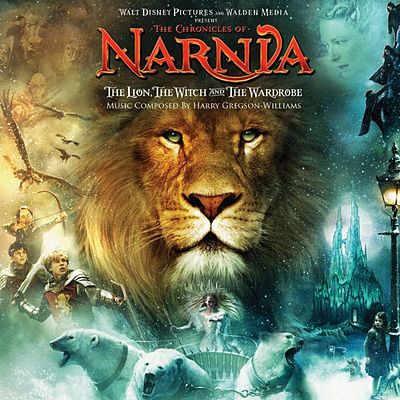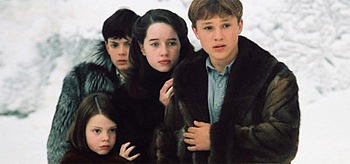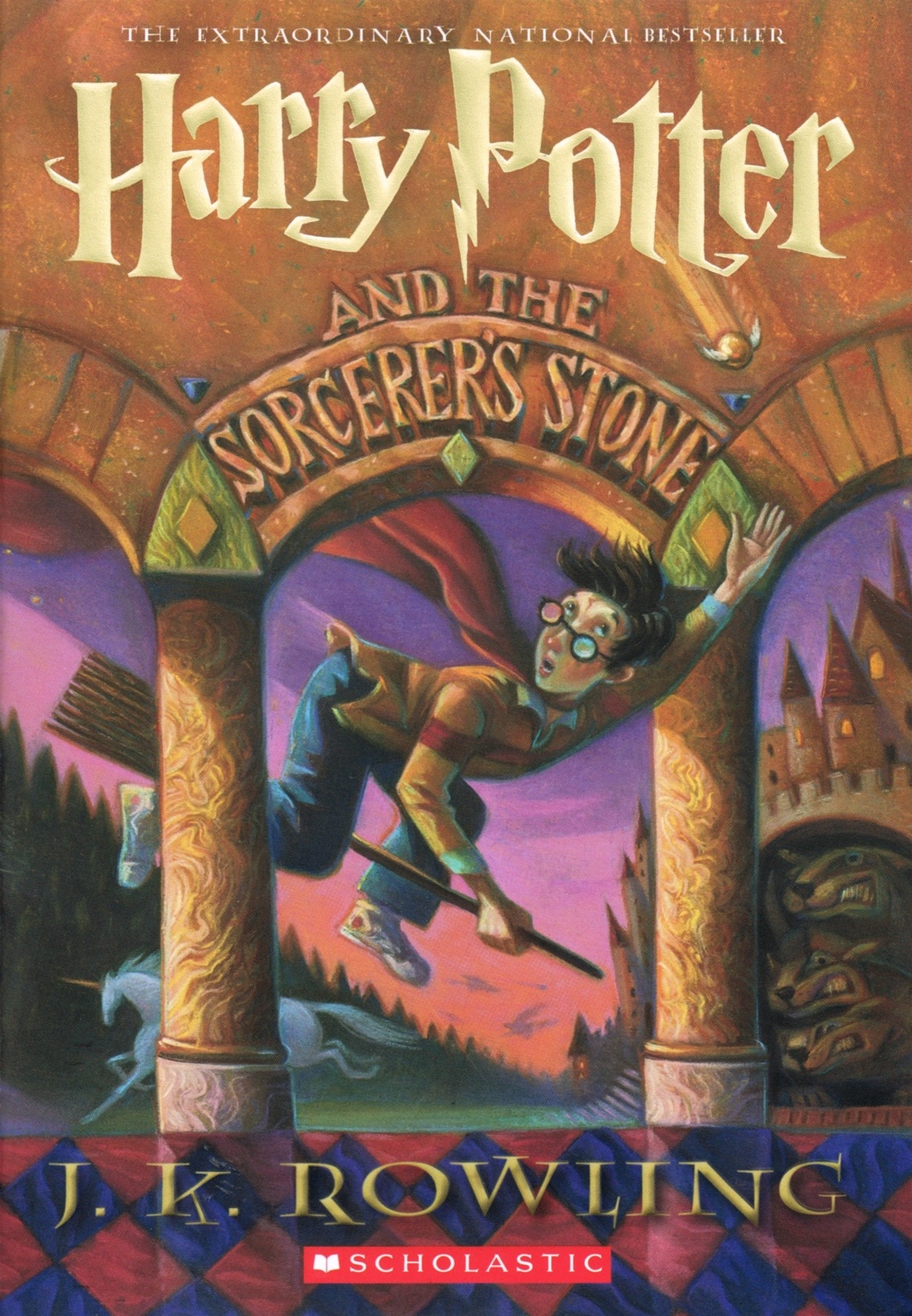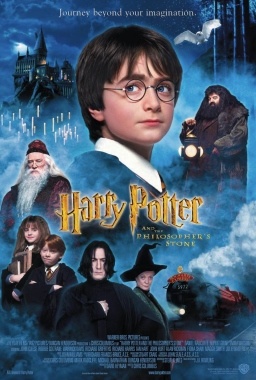A good book can quickly turn into a blockbuster on the big screen. It is tempting to skip the trip to the library and go straight to the movie theater, however it is important to consider what you are potentially missing out on. Some novels need to be read before experienced as a film, and here are some novels you don’t want to miss.
1.The Lovely Bones by Alice Sebold (2002): Fragility of life
“Each time I told my story, I lost a bit, the smallest drop of pain. It was that day that I knew I wanted to tell the story of my family. Because horror on Earth is real and it is every day. It is like a flower or like the sun; it cannot be contained.”
— Alice Sebold, The Lovely Bones
Murdered at a tragically young age, Susie Salmon narrates the events in the world of the living after her passing. While the film adaptation is visually entrancing, thrilling and emotional, there are a few key events, thoughts and character developments featured in the novel that are not included.
Most prominently noted, the crucial rape and murder scene which is described in graphic detail at the beginning of the novel is almost entirely left out in the film adaptation. While it makes the film more accessible to younger audiences, it interferes with some elements of emotion that are crucial to the full experience of Susie’s story. Although the novel is a little bit more emotionally confronting than the film, it is worth forming the emotional connections with the characters and understanding their stories and struggles before sitting down to watch the movie.
2. My Sister’s Keeper by Jodi Picoult (2004): Sisterhood and sacrifice
“If you have a sister and she dies, do you stop saying you have one? Or are you always a sister, even when the other half of the equation is gone?”
—Jodi Picoult, My Sister’s Keeper
A number of characters are omitted, and if they remain in the novel, certain aspects are altered, for example, age, personality and a few of their actions. The most prominent difference however lies in the endings, as a different sister dies in each version.
Reading the novel first to get understand the originally plot line will make you a great deal more understanding of the different events that occur in the film adaptation.
3. The Fault in Our Stars by John Green (2012): Love through sickness and health
“Maybe ‘okay’ will be our ‘always”’
—John Green, The Fault in Our Stars
The novel tells the story of two young cancer patients, fighting not only for love but for their lives. The film follows the plot of the novel quite closely, with minor alterations. It is impossible to create the full emotional impact of the novel into a feature-length film.
Like most movie adaptations, certain scenes and character traits are left out, which would have been essential to the success of the plot, so while the differences between the novel and the film are actually not too drastic, it would probably be best to read the novel first.
4. Silence of the Lambs by Thomas Harris (1988): Through madness can you find peace
“But the face on the pillow, rosy in the firelight, is certainly that of Clarice Starling, and she sleeps
deeply, sweetly, in the silence of the lambs.”—Thomas Harris, The Silence of the Lambs
The 2nd installation in the series starring the infamous Hannibal Lecter is as much of a spectacle in the novel as it is on the big screen. Again, this film adaptation follows the novel very closely, with the occasional omitted or altered event.
The most important factor to remember is that Hannibal Lecter is such a mysterious and intimidating character that being familiar with both the film and novel versions of him would be beneficial to the full experience of the character. The film interpretation of Lecter (played by Anthony Hopkins) was an absolutely amazing performance,however,using your imagination and previously making your own expectations about the character before watching the film can be a great deal more exciting.
5. Gone Girl by Gillian Flynn (2012): Fear of Commitment
“Tampon commercial, detergent commercial, maxi pad commercial, windex commercial – you’d think all women do is clean and bleed.”
― Gillian Flynn, Gone Girl
The main beauty of the story lies in the mystery viewers and readers experience. However the suspense is build using different means in each version.
As a novel, the story is narrated from different perspectives, and it would be best to view these perspectives before seeing how they are portrayed in the film adaptation.
6. The Lord of the Rings by J.R.R. Tolkein (1954): Bravery and Courage
“One Ring to rule them all, One Ring to find them,
One Ring to bring them all and in the darkness bind them.
In the Land of Mordor where the Shadows lie.”
― J.R.R. Tolkien, The Lord of the Rings
The temptation to leave the novels out of mind lies in the fact that the books were published a very long time ago, making them very difficult to read, especially to younger people.
However by reading the books first, you have already formed a world in your own imagination, watching the movie later on will affirm the scenes you have previously envisioned.
7. The DaVinci Code by Dan Brown (2003): Conflict in faith and Knowledge
“Faith ― acceptance of which we imagine to be true, that which we cannot prove.”
― Dan Brown, The Da Vinci Code
While it can be argued that reading the novel first can provide ‘spoilers’, leading to less enjoyment of the film adaptation, it would be useful to know the events beforehand, and therefore enjoy the way that the film adaptation can surprise you in how the mysteries are portrayed. You may know what exactly will happen, however you do not know exactly how it will happen.
8. The Hunger Games by Suzanne Collins (2008): Stand up for what’s right
“May the odds be ever in your favor!”
― Suzanne Collins, The Hunger Games
A reader can build strong relationships with the characters whilst reading the novel, and imagine the world of the story by themselves. Sometimes reading a book allows you to enter into the world of the story.
Some people prefer returning to something familiar when viewing a film adaptation, therefore getting familiar with the plot and the characters can lead to the best viewing experience.
9. The Chronicles of Narnia by C.S. Lewis (1950): Lessons must be learned yourself
“Take great care that it does not confuse your mind. And the signs which you have learned here will not look at all as you expect them to look, when you meet them there. That is why it is so important to know them by heart and pay no attention to appearances. Remember the signs and believe the signs. Nothing else matters.”
― C.S. Lewis, The Chronicles of Narnia
Again, the drastic difference in language and context in such an old book is not as accessible to certain audiences as the film adaptation.
However the novel is very helpful in understanding the events of the film and the context under which it was written. C.S. Lewis is a very descriptive author, and not every detail can make it into the film. In this case, while it is difficult, reading the novel is essential for the greatest enjoyment of the story.
10. Harry Potter by J.K. Rowling (1997): Friendship, Love and Loyalty
“It is a curious thing, Harry, but perhaps those who are best suited to power are those who have never sought it. Those who, like you, have leadership thrust upon them, and take up the mantle because they must, and find to their own surprise that they wear it well.”
― J.K. Rowling, Harry Potter and the Deathly Hallows
The magical lands of J.K. Rowling’s novel are the object of many childrens’ imaginations around the world.
Watching this imagined land come to life on the big screen can be considered a dream come true to some people. This same feeling cannot be related to by people who haven’t read the books. It can be argued therefore that the real ‘magic’ of Harry Potter can only be experienced by reading the novels first.
Featured photo credit: Soft photo of woman on the bed with old book and cup of coffee, top view point via shutterstock.com

